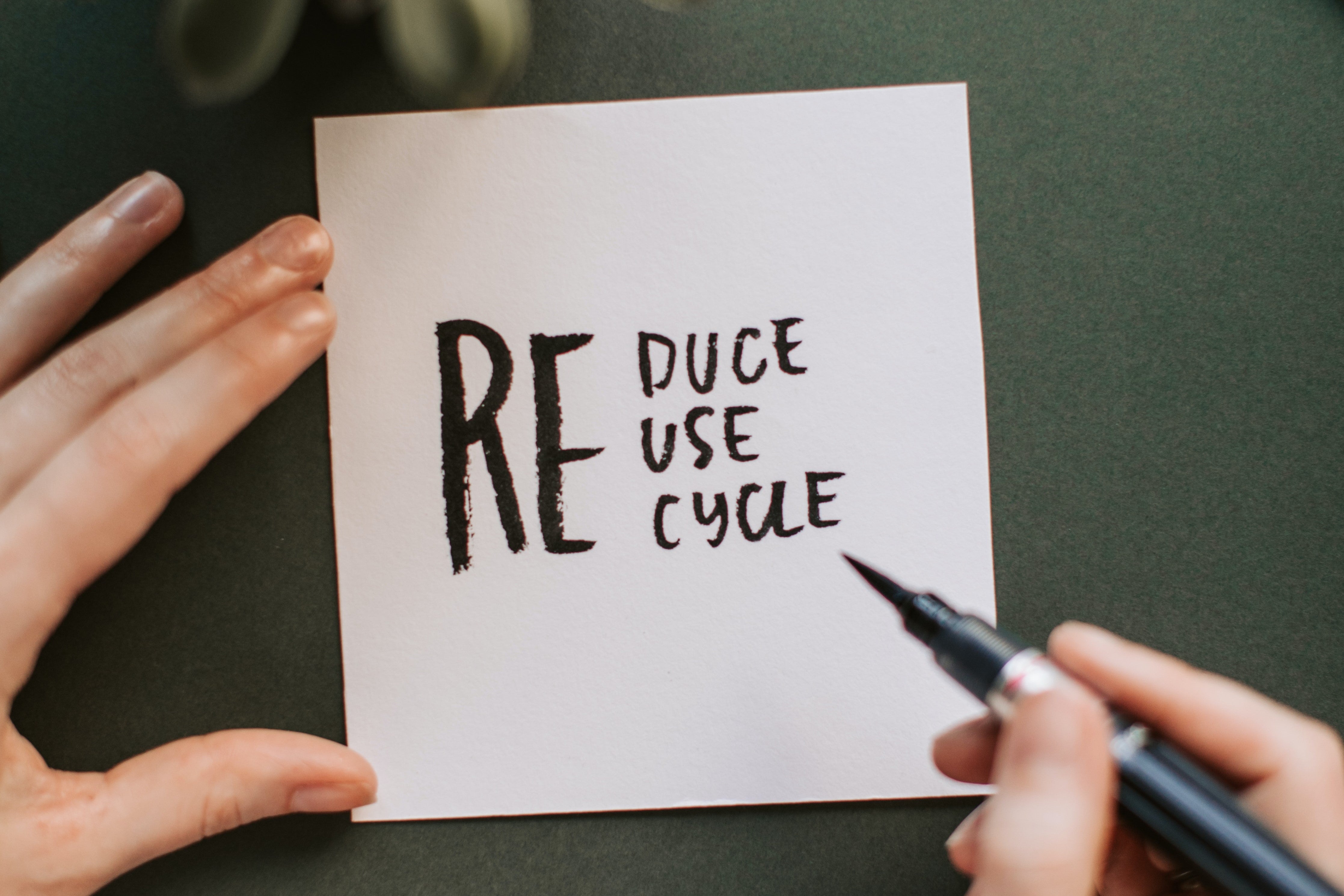An often overlooked yet crucial component of the e-commerce industry, packaging does more than sit there and look pretty. When well designed it serves as protection for the product during transportation and improves convenience for consumers.
On the topic of sustainability, packaging is one of those necessary evils, though some forms are less evil than others. Poly mailers are a prime example of plastic packaging with greener alternatives, namely post-consumer recycled plastic.
But what exactly is post-consumer recycled content, how does it differ from other recycled content, and how is it relevant to packaging? Introducing the good, the bad, and the ugly: post-consumer recycled, pre-consumer recycled, and post-industrial recycled waste.
Recycled Plastic in Packaging
Incorporating recycled, not to be confused with recyclable, content into packaging allows brands who do not have the means to eliminate packaging from their shipping process to entirely avoid or at the very least limit the needless creation of more virgin plastic.
This is noteworthy as plastic production, though commonly forgotten in conversation in favor of plastic pollution, is not an insignificant contributor to global warming. As a matter of fact, eight percent of global fossil fuels go towards or are burnt during the production of plastic.
In recent years suppliers have begun to offer eco-conscious brands more variety of poly mailers containing up to 100% recycled content while maintaining the same functionality and aesthetics as virgin mailers. Within this variety, there is a distinction to be made between post-consumer and post-industrial recycled materials.
Post-Consumer Recycled
Post-consumer waste refers to any material that's recycled after its commercialization or use—think something along the lines of what you would find in a residential recycling bin.
Between the two, post-consumer recycled content comes from a more polluted waste stream, making it inherently more difficult to be remanufactured into products that hold up to standards of durability and functionality. But that’s not to say that it hasn’t been done!
SMART poly mailers are made of 100% post-consumer recycled content. By championing the use of post-consumer waste as opposed to virgin plastic or post-industrial waste, Smart Shipping Supply positively influences the market value for recycled goods that reclaimers and manufacturers deem less desirable, in effect driving investments and improving the chances of these materials being recycled and not dumped.
Post-Industrial (Pre-Consumer) Recycled
Post-industrial, or pre-consumer, waste are materials that are sent through the recycling stream before they are commercialized or used by consumers. For example, trim scraps from manufacturing processes that are sent directly into the recycling stream become pre-consumer content.
In comparison to their greener counterpart, post-industrial waste offers better waste management and return on investment, though this comes without the improved market development and demand for post-consumer plastics.
Wrapping Things Up
At the end of the day, the ultimate goal is to displace the use of more carbon-intensive virgin materials. We cannot disregard the potential of pre-consumer recycled content in replacing virgin plastic packaging nor can we ignore its unique opportunities for technological developments that may bring much needed innovation to the plastic recycling system as a whole.
With that being said, the relative ease with which post-industrial recycled waste lends itself to remanufacturing urges us to focus our attention on the more challenging and less ventured alternative of post-consumer recycled plastic.
From a consumer standpoint, it can be difficult to distinguish valid claims about recycled plastic, but there are certifications that make this easier. The Global Recycled Standard (GRS), Recycled Claim Standard (RCS), and Recycled Material Standard (RMS) are established stamps of sustainability to look out for.
For those who wish to take things to the next level, personal research into whether a brand uses packaging that consists of post-consumer (preferred) or post-industrial recycled waste or even a mix of the two might be of added benefit.
Until next time, shop smart and ship smart.




